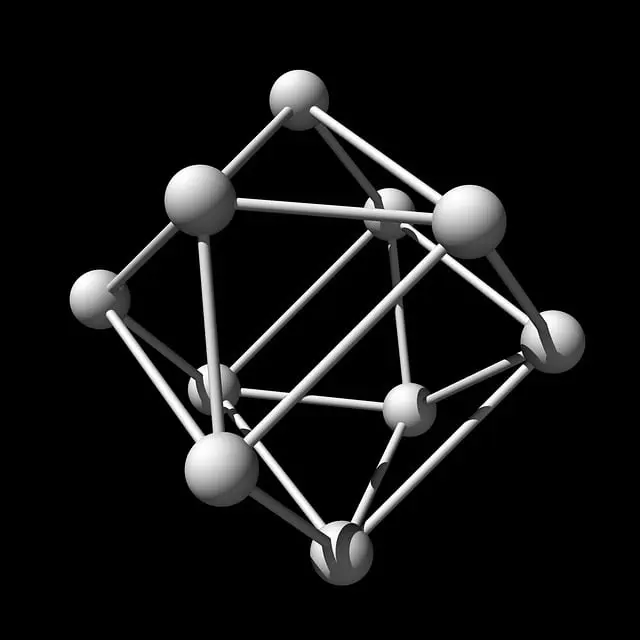Athletes looking to enhance performance and recovery through sports nutrition may consider incorporating green Maeng Da kratom into their regimen. This supplement is recognized for its potential benefits, including alleviation of pain, mood enhancement, anti-inflammatory effects, and energy support without causing jitteriness. It influences the opioid receptors, which can aid in managing post-exercise soreness and accelerating recovery times. Proper nutrient timing with macronutrients—carbohydrates for energy, proteins for muscle repair, and fats for hormonal balance—combined with precise hydration strategies before, during, and after exercise, are essential for optimizing athletic performance. It's crucial to use green Maeng Da kratom responsibly and under the guidance of a healthcare professional or sports nutritionist to ensure safe dosages and to avoid potential interactions with other supplements or medications. The integration of this supplement into a sports nutrition plan should be personalized based on individual needs and goals for enhanced athletic well-being, with ongoing research continuing to explore its multifaceted impact in this field.
unlocking the potential of sports nutrition is pivotal for athletes striving to achieve peak physical conditioning. This article delves into the intricacies of optimizing athletic performance through a strategic balance of macronutrients and hydration, as well as the critical role of precise nutrient timing in enhancing endurance and strength training recovery. Furthermore, we explore the emerging discussions surrounding Green Maeng Da Kratom’s effects on athletic recovery and performance, providing a comprehensive analysis of its potential impact within the realm of sports nutrition. Join us as we dissect the science behind these strategies to empower athletes with informed choices for their regimen.
- Optimizing Athletic Performance with Sports Nutrition: A Deep Dive into Macro Balance and Hydration Strategies
- Enhancing Endurance and Strength Training Recovery through Advanced Nutrient Timing
- The Role of Green Maeng Da Kratom in Peak Physical Conditioning: Understanding its Impact on Athletic Recovery and Performance
Optimizing Athletic Performance with Sports Nutrition: A Deep Dive into Macro Balance and Hydration Strategies
Athletes at peak physical conditioning understand that sports nutrition extends beyond the mere intake of carbohydrates and proteins; it encompasses a comprehensive approach to fueling the body for optimal performance. A pivotal aspect of this approach is achieving macro balance, which involves carefully orchestrating the intake of carbohydrates, proteins, and fats in relation to an individual’s activity level, metabolic rate, and personal goals. For instance, carbohydrates are crucial for providing the energy necessary for high-intensity activities, while proteins play a vital role in muscle repair and recovery post-exercise. Fats, often misunderstood, are essential for hormone production and cellular function.
Hydration strategies are equally important as they directly impact an athlete’s performance and overall well-being. Proper hydration ensures that cells, tissues, and organs maintain their functions efficiently. In the context of intense sports or training, electrolyte balance becomes critical to prevent cramping and to facilitate muscle contractions. The timing and quantity of fluids ingested before, during, and after physical activity are key factors in maintaining homeostasis and avoiding dehydration. Additionally, the use of supplements like green maeng da kratom can contribute to an athlete’s performance by managing pain, increasing energy levels, and improving focus – all of which are beneficial for athletes looking to push their limits and achieve peak physical conditioning. Integrating these macro balance considerations with effective hydration strategies is essential for athletes aiming to optimize their athletic performance through sports nutrition.
Enhancing Endurance and Strength Training Recovery through Advanced Nutrient Timing
Athletes and fitness enthusiasts alike are constantly seeking ways to enhance their endurance and accelerate recovery, particularly in the context of strength training. Advanced nutrient timing plays a pivotal role in this pursuit. By strategically consuming carbohydrates, proteins, and fats at specific intervals before and after exercise, individuals can optimize muscle glycogen replenishment and support protein synthesis, which are critical for endurance performance and recovery. For instance, incorporating a pre-workout meal rich in complex carbs and a post-workout snack with high-quality proteins and essential fats can significantly improve training outcomes. Furthermore, the integration of nutrients like green Maeng Da kratom, known for its potential to elevate energy levels and reduce fatigue, can further enhance endurance. Its effects on pain perception may also contribute to better performance during intense workouts, allowing for a more efficient recovery process. It’s important to note that while green Maeng Da kratom can be beneficial, it should be used judiciously and in accordance with legal guidelines, as its efficacy and safety profile can vary based on individual differences and regulatory standards. Proper hydration cannot be overstressed; it complements the nutrient timing strategy by maintaining cellular integrity and preventing dehydration, which can impair both endurance and recovery. Athletes looking to leverage green Maeng Da kratom effects for their training should consult with a healthcare professional or a sports nutritionist to tailor their nutrient timing to their specific needs and ensure it aligns with their overall fitness regimen and health goals.
The Role of Green Maeng Da Kratom in Peak Physical Conditioning: Understanding its Impact on Athletic Recovery and Performance
Green Maeng Da Kratom, a potent strain derived from the leaves of Mitragyna speciosa, has garnered attention within the sports nutrition realm for its potential effects on athletic recovery and performance. This particular strain is known for its unique alkaloid profile, which may contribute to enhanced endurance and reduced fatigue in athletes. Its effects are thought to stem from the alkaloids mitragynine and 7-hydroxymitragynine, which can interact with the body’s opioid receptors, potentially modulating pain perception and improving mood. As a result, athletes may experience a significant reduction in post-exercise soreness, enabling quicker recovery between training sessions or competitions. The anti-inflammatory properties associated with Green Maeng Da Kratom may also play a role in managing inflammation caused by intense physical activity, further supporting the body’s repair mechanisms. Additionally, its stimulating effects can help maintain high levels of energy and focus without the jittery side effects often associated with caffeine. This balance of mood enhancement, pain management, and increased energy offers a comprehensive approach to optimizing athletic performance and recovery, making Green Maeng Da Kratom a noteworthy addition to the regimen of athletes seeking to achieve peak physical conditioning. Users are advised to consult with healthcare professionals before incorporating Green Maeng Da Kratom into their nutrition plans, as individual responses may vary, and it is essential to consider safe dosage and potential interactions with other supplements or medications.
In conclusion, achieving peak physical conditioning is a multifaceted endeavor that extends beyond mere exercise regimens; it is deeply intertwined with sports nutrition. By optimizing macrointake balance and employing strategic hydration plans, athletes can significantly enhance their performance on the field. Equally important is the timing of nutrients to support recovery during endurance and strength training, a concept that has been extensively explored in this article. Moreover, recent studies have shed light on the potential effects of Green Maeng Da Kratom as a supplementary aid for athletic recovery and performance. While its inclusion in an athlete’s regimen should be approached with caution and within the framework of sports regulations, the promising findings warrant further investigation into its role in peak physical conditioning. Athletes looking to harness the full potential of their abilities must consider the intricate balance between nutrition, training, and recovery to achieve and maintain their best performance.






